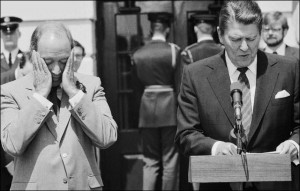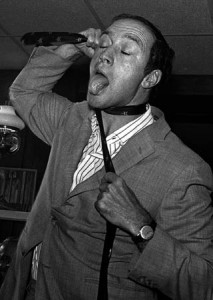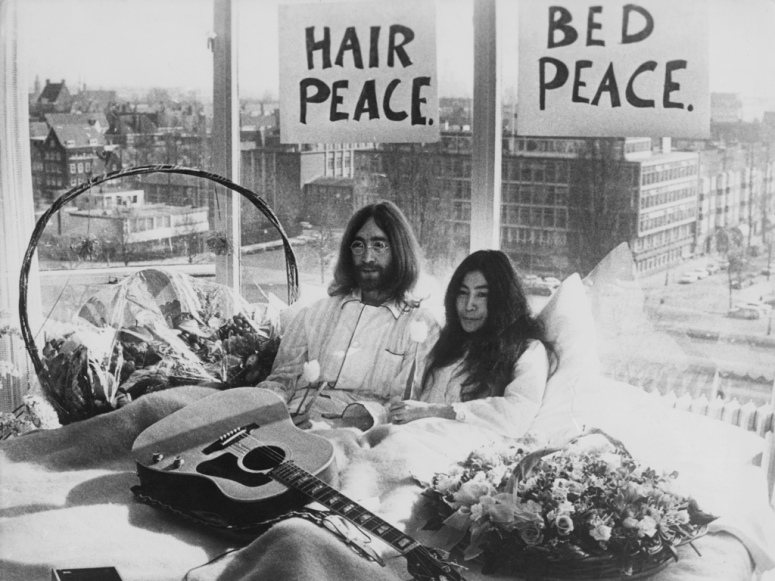For every action, a reaction, so it makes sense that John C. Lilly’s sensory-deprivation tanks, his next radical step into self-enlightenment after LSD wore off, are making comeback in a time of endless buzzing, pinging and vibrating. Those seeking a calm state if not an altered one are flocking to the chambers. A fad is reawakened, but is it something more lasting this time?
From Julie Turkewitz of the New York Times:
The practice was once billed as a path to enlightenment and even hallucination for those on the creative frontier. Developed in 1954 by a neuroscientist named John C. Lilly, float tanks took off in the 1970s, bolstered by claims that they could stretch artistic, spiritual and even athletic boundaries.
Dr. Lilly had used the tanks for research, but Mr. and Ms. Perry began building and selling them for commercial use. Mr. Perry described his first float as “scintillating.”
“We thought of it sort of as a spiritual project,” he said of the business. “We considered it our assignment.”
Early accounts of floating took on a poetic quality. “Blinking is an audio event,” one floater wrote in 1977 in a magazine called Coast. “Shifting my ‘vision’ in the darkness to my dominant left eye produces a rumble like a distant thunderstorm.”
Yoko Ono began to float. So did Robin Williams and many of the Dallas Cowboys. Then the AIDS crisis hit, and centers shut down amid public health fears.•








